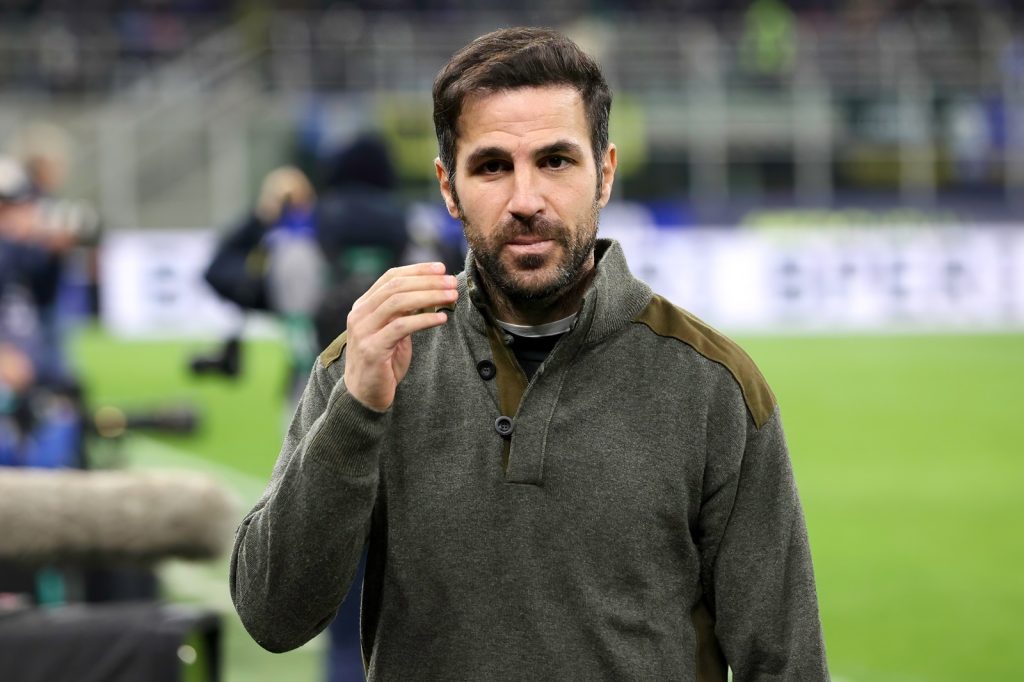Brexit transformed the Premier League, impacting transfers, youth signings, and the push for homegrown talent. Since the UK left the EU in 2020, new rules have redefined how clubs sign players.
This article explores Brexit’s effects on work permits, youth recruitment, and the shift toward local stars, with real-world examples to show its impact.
Work Permits: A New Barrier for Overseas Players
Post-Brexit, EU players need a Governing Body Endorsement (GBE) to play in the Premier League or EFL, just like non-EU players. The GBE uses a points-based system, requiring 15 points based on international appearances, club quality, and league strength. Players from top leagues like La Liga or Serie A score higher, while those from lower-tier leagues struggle to qualify. For instance, Wolverhampton Wanderers faced issues signing Diego Costa in 2022 due to insufficient GBE points, requiring an appeal.
Clubs must now strategize carefully. Top clubs like Manchester City, targeting established stars, face fewer hurdles as these players often meet the 15-point threshold. However, smaller clubs, like Leicester City in 2014, would have missed out on Riyad Mahrez, then in Ligue 2, under these rules. The process, costing £5,000 per appeal, adds financial strain for clubs chasing lesser-known talent.
Youth Signings: A Door Closed for Young Stars
Brexit banned signing overseas players under 18, a major shift from the pre-Brexit era when clubs like Arsenal signed 16-year-old Cesc Fabregas. Premier League clubs are now limited to six overseas players under 21 per season, with only three allowed in the January window. This restriction forces clubs to rethink youth recruitment.
For example, Liverpool couldn’t have signed Sepp van den Berg or Billy Koumetio under current rules, as both were under 18. This pushes clubs toward multi-club models, like City Football Group, which uses feeder clubs in Belgium to develop young talent before they turn 18. Arsenal’s academy manager, Per Mertesacker, noted Brexit’s limits on European talent, emphasizing domestic recruitment.
The Rise of Homegrown Talent
Brexit’s rules encourage clubs to prioritize homegrown players, defined as those registered with an English or Welsh club for three years before age 21. The FA proposed cutting non-homegrown squad players from 17 to 13, though the Premier League resisted. Still, clubs are investing in academies to nurture local talent, reducing reliance on foreign signings.
Chelsea’s signing of Andrey Santos from Vasco da Gama in 2023 highlights the shift. Unable to secure a work permit, Santos was loaned back to Brazil. Under new “Elite Significant Contribution” (ESC) rules, Chelsea could register him as a promising player, showing how clubs adapt to access young talent. ESC rules allow up to two such signings per season, expandable if clubs play English-qualified players for over 35% of minutes.
Strategic Shifts and Market Impact
Brexit has made the transfer market more competitive for GBE-eligible players, inflating fees for those who qualify. Smaller clubs struggle, as they can’t afford established stars or appeal costs. Meanwhile, South American leagues like Brazil’s Série A, ranked as Band 3, offer easier GBE points, leading to more signings from the region. Yerson Mosquera and Kayky’s moves to the Premier League reflect this trend.
Clubs now use online calculators to assess GBE eligibility before pursuing deals, streamlining recruitment. However, agents call the rules a “massive problem,” forcing clubs to pivot to homegrown stars or established internationals. This shift could strengthen England’s national team long-term but limits smaller clubs’ access to emerging talent.
Conclusion: A New Era for the Premier League
Brexit has reshaped the Premier League’s transfer landscape. Work permit rules, youth signing restrictions, and a focus on homegrown talent have forced clubs to adapt. While top clubs navigate these changes, smaller teams face challenges, and the rise of local stars could redefine English football’s future.









